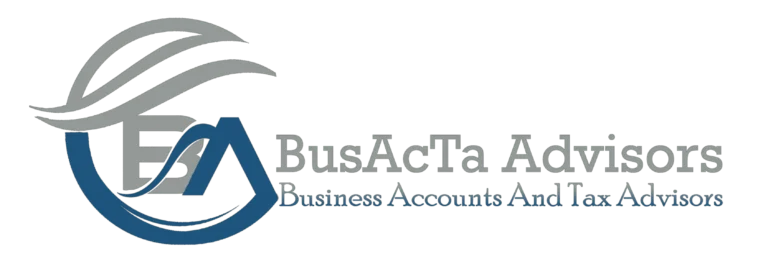Knowing whether to set or follow prices is important in today’s tough business environment. It affects how you set prices, profits, and success. This blog will discuss price makers and price takers and the impact of overhead costs. It will also explore how companies can manage these factors effectively.
Price Makers vs. Price Takers
- Price Maker: A price maker can decide its prices. This usually occurs in markets with few competitors. In such cases, the company provides a distinct product or service. Examples are businesses that hold patents, copyrights, or unique licenses. Learn more about Price Makers.
- Price Taker: A price taker has to go along with the current market price. Many sellers provide similar products in very competitive markets. Small businesses can be found in retail, farming, and production areas. Find out more about Price Takers.
The Impact of Overhead Costs
Overhead costs are expenses that are not directly tied to making a product. They also apply to providing a service. These can greatly affect how much money a business makes. Plus, this is especially true for companies that accept market prices.
- Reduced Profit Margins: Higher overhead costs can lower profit margins for price takers. This happens because they cannot easily increase their prices.
- Increased Competition: High overhead expenses make competing with lower costs difficult for a business.
- Limited Pricing Power: Price takers find it hard to raise prices when their costs increase. This is because customers might choose less expensive options.
The Bermuda Triangle of Businesses
The “Bermuda Triangle” of restaurants shows the real problems that price-takers encounter. Many of these businesses had tasty food and a prime location. Yet, they still failed because their expenses were too high.
- Misreading the Market: Some businesses believed they could set their prices. They asked for more money because of their unique environment. However, they were in a market where customers prioritized price over everything else.
- Ignoring Overhead Costs: They aimed to create a lavish environment. This resulted in increased expenses that their prices couldn’t support.
Strategies for Price Takers
Managing overhead costs is crucial for price-takers to remain competitive and profit. Here are a few approaches:
- Minimize Overhead Expenses: Find ways to save money by improving processes and getting better prices from suppliers. Plus, consider minimizing waste to enhance your savings.,
- Increase Efficiency: Enhance operational efficiency to lower expenses and increase productivity.
- Focus on Core Competencies: Focus on the main parts of the business. Hire others to handle non-essential tasks to reduce expenses.
- Leverage Technology: Implement technology to streamline tasks and lower labor expenses.
Example: Overhead Costs Impact
Here’s an example of how overhead costs affect a price taker:
| Category | Business A | Business B |
| Revenue | $100,000 | $100,000 |
| Cost of Goods Sold (COGS) | $40,000 | $40,000 |
| Gross Profit | $60,000 | $60,000 |
| Overhead Costs | $50,000 | $30,000 |
| Net Income | $10,000 | $30,000 |
In this case, Business A has greater overhead expenses, which lowers its net income compared to Business B. This occurs even though both businesses have the same revenue and cost of goods sold.
Conclusion
Knowing if you are a price maker or a price taker is important. This knowledge is crucial for working in competitive markets. Price makers can adjust prices more easily. In contrast, price takers must control their overhead costs closely to stay profitable. Reducing extra costs and boosting efficiency can help price takers become more competitive. This, in turn, enhances their chances of success.
Do you need assistance with your financial plans? At BusAcTa Advisors, we focus on providing Offshore Accounting and Tax Solutions for US CPAs and EAs. Contact us today!
Email us on info@busacta.com or call us on +1 315 226 7626.








